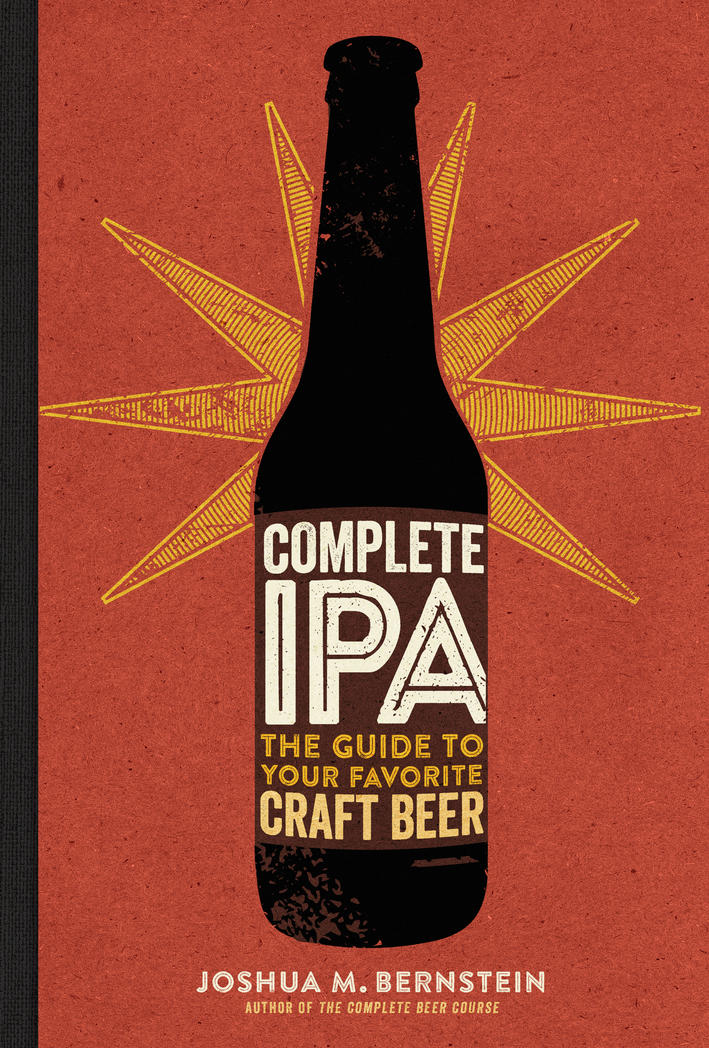
Beer writer Joshua Bernstein says people approach him with two opinions regarding his subject matter more than any other.
“The two most common things I hear from people are, ‘IPAs are my favorite beer’ and ‘I don’t like IPAs,’ ’’ says Bernstein.
India pale ales are polarizing in part because the bitterness associated with many of the brews can act as a deterrent to the style and even the craft beer industry as a whole. And while some consumers have not been won over, IPA sales have taken off. In 2015, IPA sales accounted for nearly 30 percent of the money spent on craft beer, according to the research company IRI.
In his new book, “Complete IPA: The Guide to Your Favorite Craft Beer’’ (Sterling Epicure, 304 pp.), Bernstein examines the ins and outs of the style as a consumer in a changing landscape.
“As I dug into the idea, I realized that the IPA is as omnipresent as it is confusing,’’ says Bernstein, who notes that IPA can denote a light, citrusy session IPA or a double IPA “with bitterness that hits you like a jackhammer.’’
In the book Bernstein explores popular American and British styles, honing in on iterations like red IPAs, black IPAs, wood-aged IPAs, and spiced and sour variants. Along with descriptions of what those categories might mean (red IPAs have heavy doses of caramel or crystal malt, evoking flavors of raisins and toffee), Bernstein gives prime examples of each. Taking those recommendations alone, a reader walks away with a solid list of must-try IPAs from around the world.
On Bernstein’s list, of course, are famed IPAs like Russian River’s Pliny the Elder and Sip of Sunshine from Vermont’s Lawson’s Finest Liquids, but also mentioned are the ubiquitous and underappreciated, like Bear Republic’s Hop Rod Rye and Troegs’s Nugget Nectar.
“Don’t sleep on Otter Creek,’’ Bernstein says when asked to name a New England brewery making great IPAs who may be under the radar. “The Vermont brewery has undergone a facelift, shedding its English-inspired past and focusing on fragrant, hopped-up formulations for which you’ll never need to wait in line.’’
And as for those consumers for whom IPAs still might not be their thing, Bernstein encourages them to keep trying variants of the style, noting how wildly different they can be.
“It’s not IPAs that folks hate but rather bitterness,’’ says Bernstein. “Remove the bitterness, as many Northeast brewers have done, and you have the potential to create an entirely new appreciation for the IPA.’’
Gary Dzen can be reached at gary.dzen@globe.com. Follow him on Twitter @GaryDzen.



